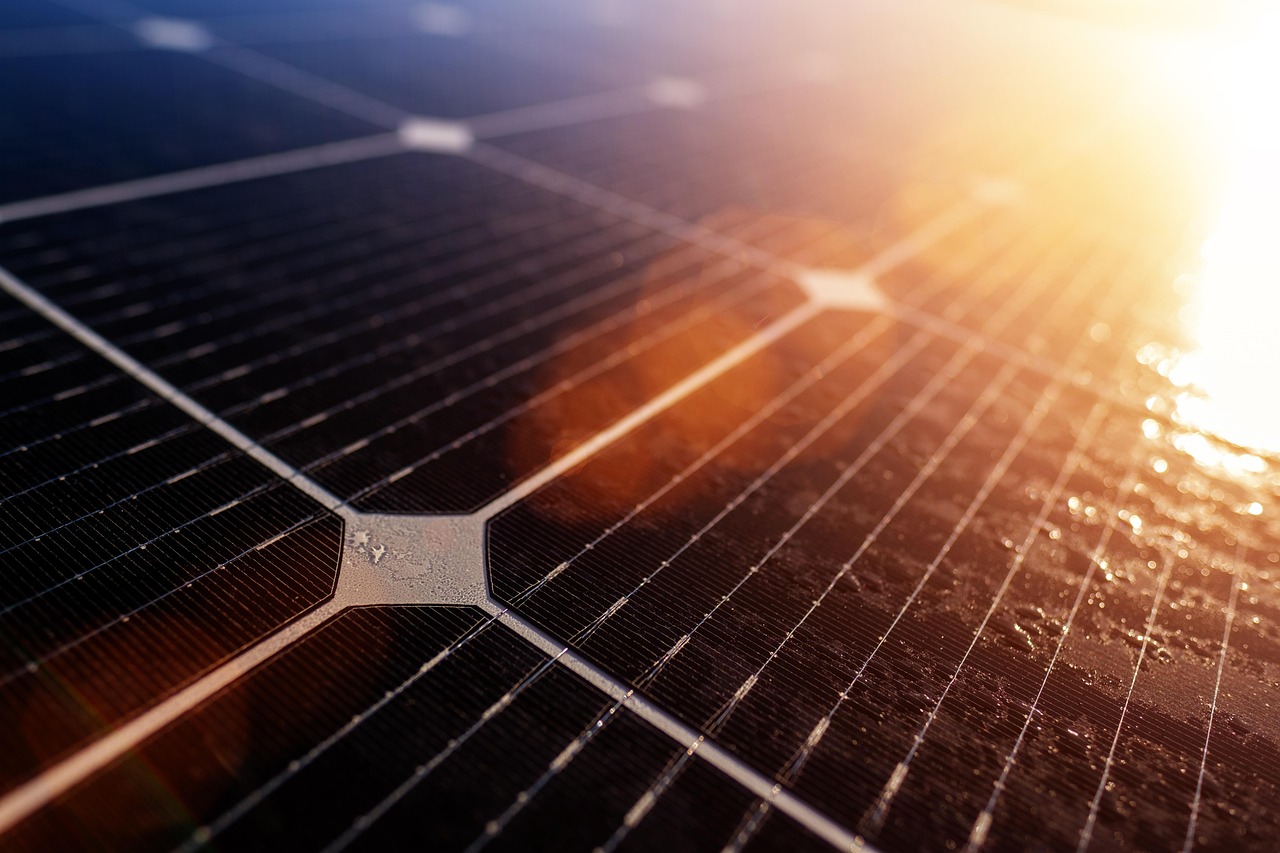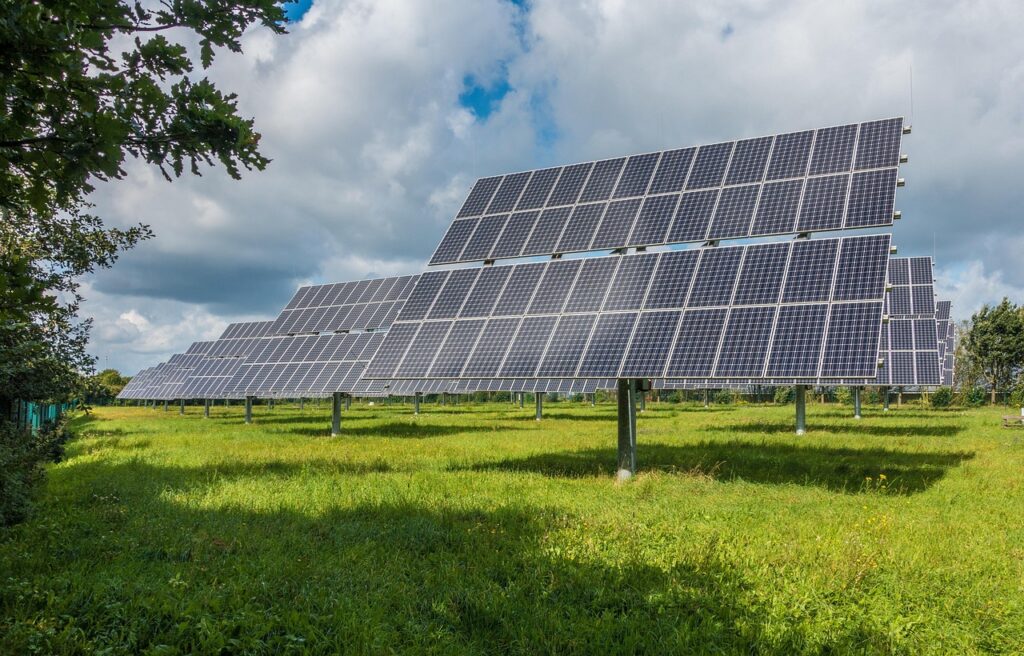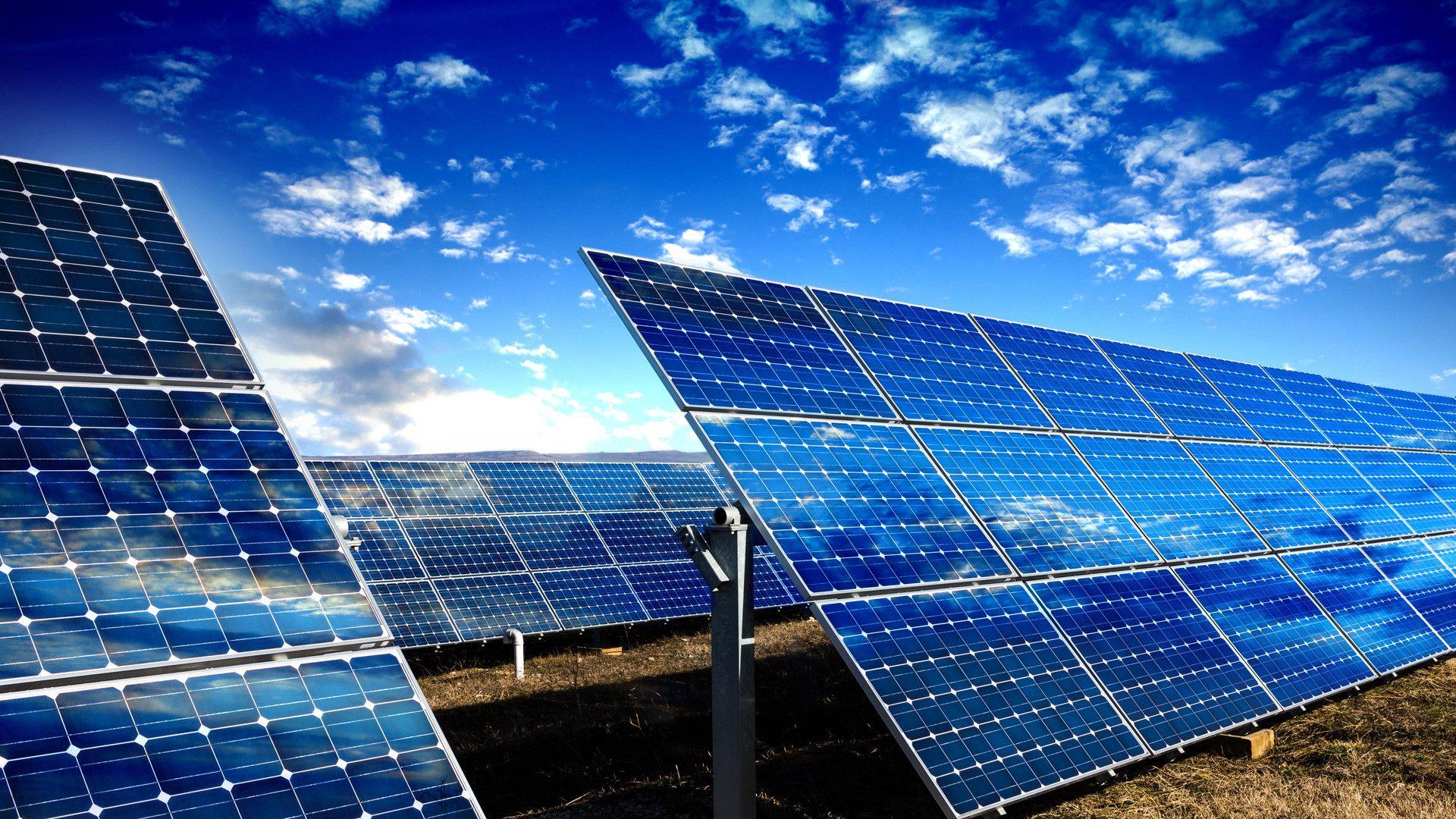
In an era defined by a relentless pursuit of sustainable solutions and energy independence, solar power stands out as a beacon of innovation. Once perceived as a futuristic luxury, it has rapidly evolved into an increasingly accessible and vital component of our global energy landscape. This transformation isn’t just about technology; it’s about a paradigm shift that is reshaping how we power our lives, from massive utility-scale installations to compact devices we can carry on our adventures. The journey of solar energy from a distant ideal to a tangible, cost-effective reality is a compelling narrative of human ingenuity and environmental stewardship.
At the heart of this revolution lies a deeper understanding of the sun’s boundless energy and our improved capabilities to harness it efficiently. From warming our planet naturally to driving the fundamental processes of life, solar radiation is the ultimate energy source. The challenge has always been to capture this diffuse, yet incredibly powerful, resource in a way that is both practical and economically viable. Today, we are witnessing breakthroughs that are not only making solar energy more effective but also dramatically expanding its applications, demonstrating its profound impact on reducing utility bills, mitigating carbon footprints, and ensuring reliable power in diverse scenarios.
This in-depth exploration will delve into the multifaceted world of solar energy, revealing the underlying science, the technological leaps, and the practical considerations that are making it more affordable and useful than ever before. We will examine everything from the fundamental mechanics of how sunlight is converted into usable power to the sophisticated portable generators that are redefining personal energy independence. Join us as we uncover the forces propelling solar energy to the forefront of our energy future, detailing the critical elements that empower individuals and communities to embrace this clean, renewable resource.

1. **The Sun’s Energy: An Unrivaled Power Source**The Sun is an extraordinarily powerful energy source, providing the largest flux of energy received by Earth. While its intensity at Earth’s surface may seem low, this is primarily due to the vast radial spreading of radiation from the distant Sun. This colossal power output from our star has driven and affected countless natural processes on Earth for billions of years, making it the ultimate origin for all the energy sources and fuels we utilize.
Despite the enormous energy output, a relatively minor additional loss occurs as sunlight traverses Earth’s atmosphere and clouds, which can absorb or scatter as much as 54 percent of the incoming radiation. The sunlight that successfully penetrates these layers and reaches the ground is composed of nearly 50 percent visible light, 45 percent infrared radiation, and smaller amounts of ultraviolet and other forms of electromagnetic radiation. This complex composition is what various solar technologies aim to convert into usable power.
Beyond direct energy conversion, solar energy is indispensable for maintaining life as we know it. For instance, the critical process of photosynthesis by plants, algae, and cyanobacteria relies entirely on energy from the Sun. It is nearly impossible to overstate the importance of this process; if photosynthesis were to cease, Earth would soon face a severe scarcity of food and organic matter, most organisms would vanish, and the atmosphere would gradually become almost entirely devoid of gaseous oxygen. This underscores the profound, foundational role solar energy plays in our planet’s ecological balance.
Furthermore, solar energy is also fundamental for other vital Earth systems. It is essential for the evaporation of water, a key component of the water cycle, and significantly influences land and water temperatures. The formation of wind, a major factor in global climate patterns, is also solar-driven. These interconnected natural processes highlight that solar energy isn’t just an alternative power source; it is the very engine that shapes and sustains life on Earth, offering a clean, inexhaustible resource for human technological advancement.

2. **Harnessing the Sun: Thermal vs. Photovoltaic Paths**Humanity has leveraged the sun’s rays for millennia, initially for basic needs like warmth and drying food. Over time, this fundamental understanding evolved into sophisticated technologies designed to collect solar energy for heat and to convert it directly into electricity. This evolution has primarily bifurcated into two distinct, yet equally important, paths: solar thermal and solar photovoltaic (PV) systems, each optimized for different applications and energy outcomes.
Solar thermal energy systems are designed to capture solar radiation and convert it into thermal energy, or heat. This is often the simpler form of conversion to accomplish. A classic example is the solar oven, a box designed to collect and absorb sunlight, which was notably used by British astronomer John Herschel in the 1830s to cook food during an expedition. Today, these systems are much more advanced, used to heat water for homes, buildings, or swimming pools, and even to warm air inside residential structures or greenhouses. Larger industrial applications involve heating fluids in solar thermal power plants to generate steam and, subsequently, electricity.
In contrast, solar photovoltaic (PV) systems represent the direct conversion of sunlight into electrical energy. This is achieved through solar cells, or PV devices, which are typically made from semiconductor materials. Small PV cells are ubiquitous, powering everyday items like calculators, watches, and various other small electronic devices. The elegance of PV technology lies in its ability to generate electricity directly from light, without any moving parts, producing clean power with minimal environmental impact.
For larger energy demands, these individual solar cells are grouped together to form PV panels. These panels, in turn, are connected into larger arrays that possess the capacity to produce enough electricity to power an entire house. On an even grander scale, some PV power plants deploy extensive arrays covering many acres, generating electricity for thousands of homes. The scalability of PV technology, from tiny devices to vast power stations, showcases its versatility and immense potential as a primary source of clean electricity, significantly contributing to the affordability of energy by offering a renewable and ultimately free fuel source: sunlight.

3. **The Enormous Potential of Solar Power**The sheer scale of energy received from the sun highlights the colossal potential for solar power. Earth is inundated with solar energy every single day, amounting to approximately 200,000 times the world’s total daily electric-generating capacity. This incredible abundance underscores that the problem isn’t a lack of energy, but rather the challenge of efficiently capturing, converting, and storing it for human use. The inherent nature of solar radiation—being free at the source—makes overcoming these challenges a crucial step towards widespread energy independence.
Historically, the high cost associated with the collection, conversion, and storage of solar energy has been the primary limiting factor in its widespread exploitation across many regions. While the energy itself is free, the technological infrastructure required to make it usable has historically been expensive. However, continuous advancements in materials science, manufacturing processes, and installation techniques are steadily eroding these cost barriers, leading to solar power becoming an increasingly competitive and, in many cases, the most economical energy option available.
Addressing the challenge of intensity is also key to unlocking this potential. Even though sunlight is the largest source of energy received by Earth, its intensity at the surface is relatively low due to the immense radial spreading of radiation. This necessitates large surface areas for collection and highly efficient conversion mechanisms to make the most of the incoming light. Innovations in panel efficiency, such as improved semiconductor materials and cell designs, are continuously maximizing the power output from a given footprint, making solar installations more productive and cost-effective.
Furthermore, advancements in energy storage solutions, particularly battery technology, are crucial for realizing solar’s full potential. The intermittent nature of sunlight means that collected energy needs to be stored for use during nighttime or cloudy periods. As storage costs decrease and battery capacities improve, solar power systems become more reliable and self-sufficient, extending their utility beyond immediate generation. This integration of efficient collection, conversion, and robust storage is what truly unlocks the enormous, practically limitless potential of solar energy to power our future sustainably and affordably.
Read more about: Fact Check: 10 Blockbuster Movies That Seriously Bungled Their Science
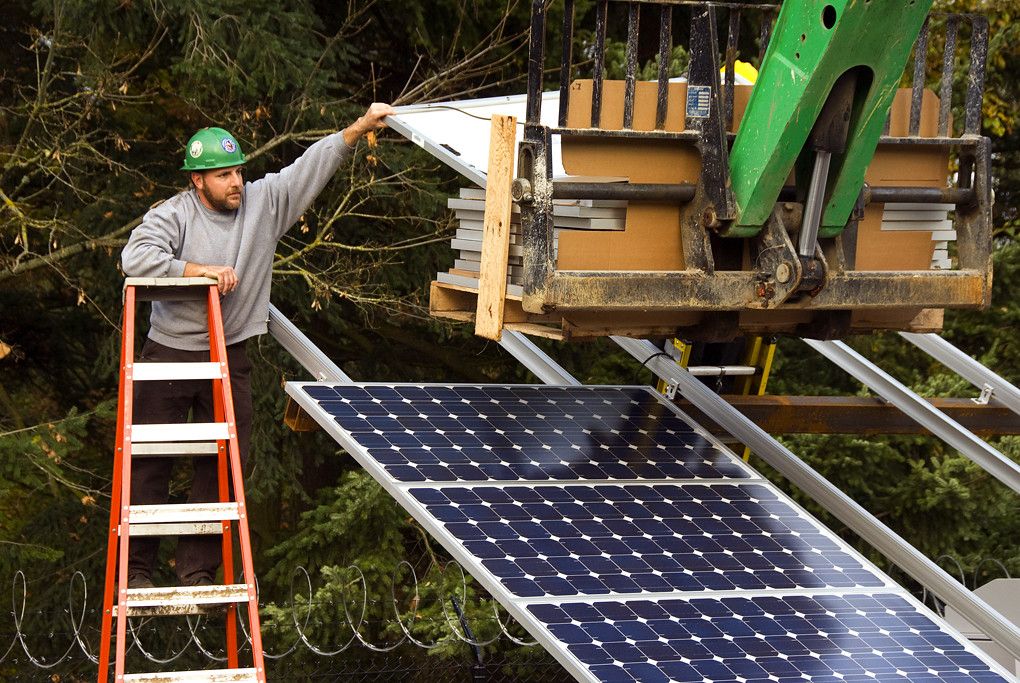
4. **Demystifying Solar Generators: A New Era of Portable Power**Solar generators, also referred to as solar power stations, represent a significant leap forward in making solar energy portable and accessible for a wide array of applications. These innovative devices offer an eco-friendly method to harness the sun’s energy, which can then be used to run electric appliances and charge digital devices. Unlike traditional gas and propane generators, solar generators operate virtually silently and are safe for indoor use, eliminating the concerns about noise and harmful emissions, which makes them ideal for emergencies or off-grid living.
For a long time, solar generators were considered prohibitive due to their expense and limited power output. However, the landscape has dramatically shifted. The context explicitly states that these units are “getting more affordable and useful each year,” reflecting a rapid advancement in battery technology, inverter efficiency, and overall system design. This ongoing evolution means that what was once a niche product is now becoming a mainstream solution for backup power, outdoor activities, and even supporting basic household needs during outages, proving their growing value proposition.
The convenience and versatility of solar generators make them highly attractive for various user activities. Their portability is a major advantage, making them ideal for traveling, camping, and outdoor events where traditional power sources are unavailable or impractical. They are easy to pack, store, and move, offering power on demand wherever the sun shines. Additionally, solar generators serve as a solid backup source for unexpected emergencies at home, such as severe weather events or blackouts, providing peace of mind and essential power when the grid fails.
However, it’s important to understand their current limitations. While powerful enough for many applications, solar generators do have wattage capacity constraints and slower recharging times compared to direct grid connections. They may not be able to power all large appliances in a residence simultaneously or for extended periods. Generally, a solar generator for house use will run only a few low-wattage appliances, meaning users must match the generator’s capacity to their specific power requirements. Despite these limitations, their clean energy output and increasing affordability position them as a cornerstone of personal energy independence.
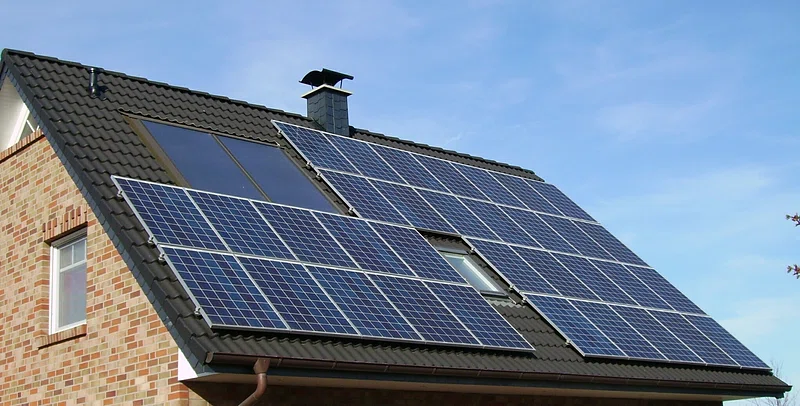
5. **Key Considerations for Selecting a Solar Generator**Choosing the right solar generator is pivotal to ensuring it effectively meets your energy needs, whether for travel, emergency backup, or off-grid living. The selection process requires careful consideration of several key factors, beginning with the intended purpose and user activity. Understanding how and where you plan to use the generator will dictate the optimal size, power output, and overall capacity of the unit, preventing both under-powering and overspending on unnecessary features.
For those whose primary purpose is travel, particular features become paramount. A model equipped with a 25-amp outlet, for instance, would be highly compatible with RVing setups, offering direct power connectivity. Similarly, car-charging capabilities are a distinct convenience for those on the go, allowing the generator to recharge while driving. Conversely, individuals seeking a solar-powered whole-house generator for emergency use will need to prioritize high power output and a sufficient number and type of outlets to run their most essential home appliances during grid failures.
Size and solar input are also critical considerations. When choosing the right size, battery capacity and power requirements must align to avoid overloading the system. Most solar generators are well-suited for powering portable electronics, smartphones, tablets, power tools, small appliances, and cordless tools for several hours. However, powering larger loads, such as a refrigerator combined with an air conditioner all day, would necessitate a higher-capacity solar whole-house generator, requiring a larger investment and more robust capabilities. This highlights the importance of accurately assessing power needs upfront.
Solar input refers to the number and wattage of the solar panels used in conjunction with the generator. Since these panels collect and convert sunlight into energy stored in the generator’s battery, the solar input directly influences the generator’s operating time and how quickly it can recharge. Unlike the larger, fixed panels on residential or commercial properties, portable solar generator panels are smaller and have a lower wattage capacity. This means they provide less solar input, which can affect recharge times, emphasizing the need to balance desired usage with practical recharging capabilities.
Read more about: Power Outage Peril: The Home Security Systems That Leave You Vulnerable in the Dark
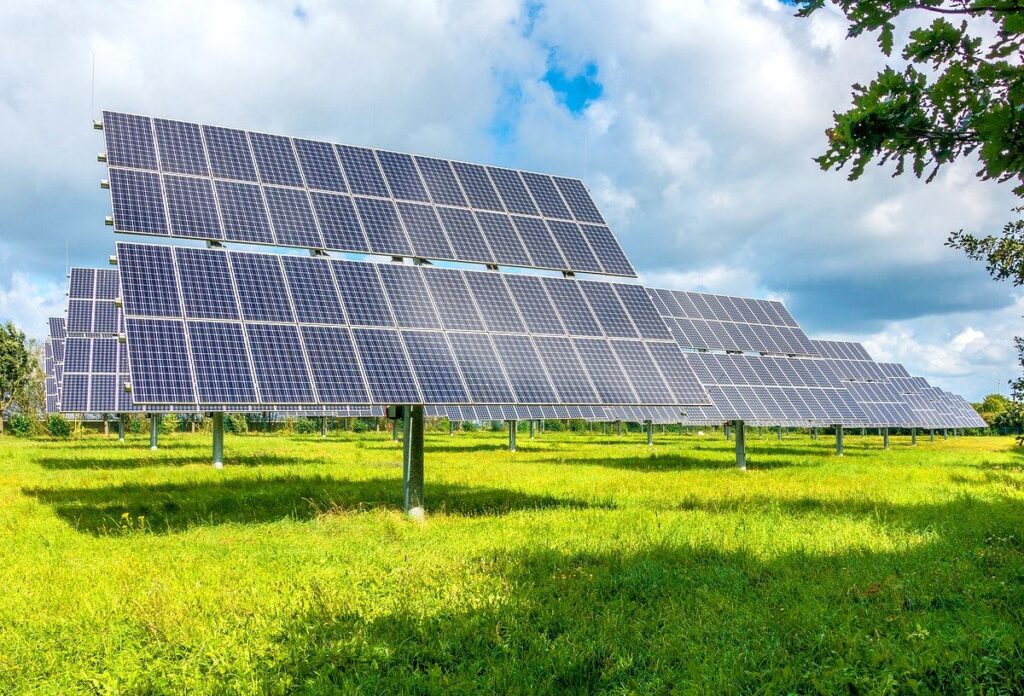
6. **Decoding Solar Generator Specifications: Watts, Watt-hours, and Inverters**Understanding the core specifications of solar generators is essential for making an informed purchasing decision and ensuring the unit can adequately meet your power demands. Battery power is fundamentally measured in watts, which represents the maximum amount of power a generator can supply when it is actively running. This metric is crucial for determining which appliances and devices the generator can operate simultaneously without exceeding its capacity. For example, a generator with a 1,600 running watt capacity can power devices whose combined wattage demand does not surpass this limit.
Equally important is battery capacity, which is expressed in watt-hours (Wh). Watt-hours signify the total amount of stored energy within the battery. While watts indicate the rate of power flow, watt-hours represent the maximum energy reserve the generator can deliver over time. To illustrate, a solar generator with a 500 watt-hour capacity can store a total of 500 watts of energy when fully charged. This capacity directly influences the duration for which the generator can power devices, with higher capacity batteries naturally providing longer runtimes for a given load. For instance, a 500-watt solar generator can power an LED light for 100 hours but only a mini-fridge for about 10 hours, demonstrating the impact of watt-hour capacity.
The inverter rating is another critical specification, particularly for devices that require alternating current (AC) power. Solar panels primarily generate direct current (DC) electricity, and this DC power is what is stored in the generator’s battery. An inverter within the solar generator is responsible for converting this low DC power from the batteries into usable AC power for household appliances and electronic devices. The inverter rating translates to the maximum watts a solar generator can draw as AC power at any given time. For instance, a 1,500-watt inverter can support up to that amount of AC wattage.
It is vital to recognize that the inverter size or rating does not always directly correlate to a solar generator’s overall firepower independently. The battery storage capacity is equally, if not more, important in determining the generator’s endurance. A powerful inverter paired with a small battery will quickly deplete its charge, whereas a balanced system with ample battery storage alongside an appropriately sized inverter offers superior performance and utility. Therefore, discerning buyers must consider both wattage and watt-hours, alongside the inverter rating, to accurately assess a solar generator’s true capabilities and value for their specific needs.
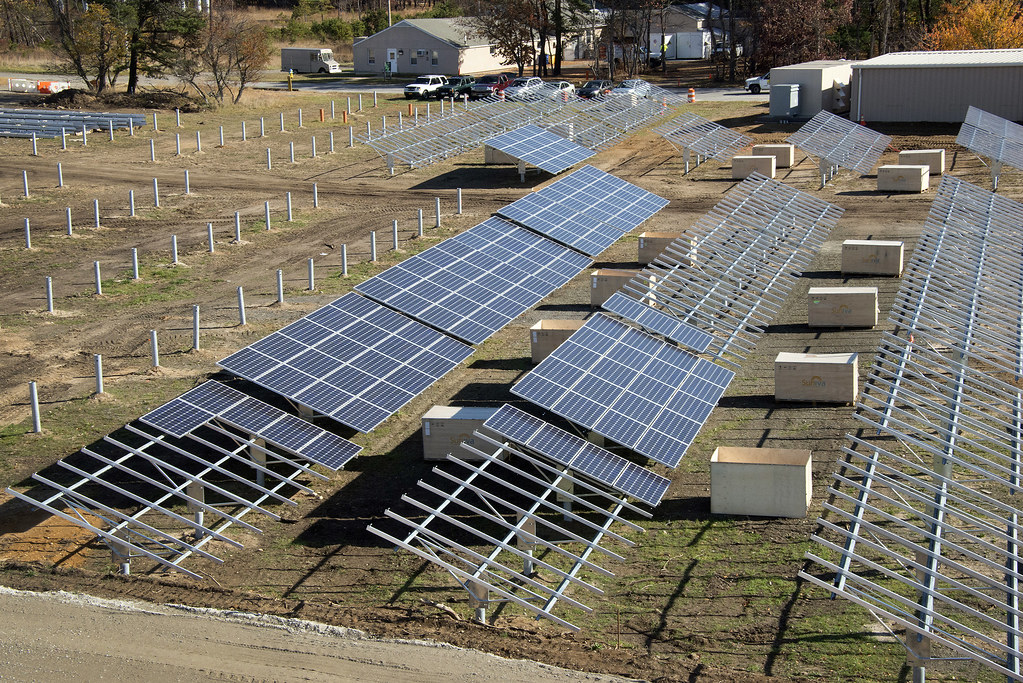
7. **Solar Generator Battery Technology: Lithium-ion vs. LiFePO4**The battery in a solar generator is the cornerstone of its functionality, serving as the reservoir where energy captured from the solar panel is stored for later use, especially during periods of limited sunlight or at night. The type of battery technology employed significantly impacts the generator’s performance, lifespan, and overall value. Traditionally, solar generators have utilized lithium-ion or lead-acid batteries, but recent advancements, particularly with Lithium Iron Phosphate (LiFePO4 or LFP) batteries, are reshaping expectations for durability and cycle life.
LiFePO4 batteries are quickly becoming the preferred choice due to their superior longevity and safety characteristics. The context mentions the EcoFlow Delta 2 Max Solar Generator running on an LFP battery that lasts up to 3,000 cycles, equating to nearly 10 years of daily use. This lifespan is nearly double the expected duration of traditional lithium-ion batteries. Bluetti’s new Elite 200 V2 also features an upgraded high-capacity LiFePO4 battery, with Bluetti promising it can be charged and discharged more than 6,000 times. This enhanced durability means a significantly lower total cost of ownership over the generator’s lifetime, contributing to the overall affordability of solar power.
Beyond lifespan, LiFePO4 batteries offer improved thermal stability and safety compared to other lithium-ion chemistries, reducing the risk of overheating or thermal runaway. This makes them a more reliable and secure option for home backup and portable use. While lithium-ion batteries have been instrumental in the rise of portable electronics, LFP technology provides a more robust and long-term solution for demanding applications like solar generators, where consistent performance and safety are paramount.
The capacity of these batteries, measured in watt-hours, directly dictates the duration a generator can operate. Electrical appliances that require higher watts will naturally deplete the battery charge faster. Therefore, a larger battery capacity is essential for powering high-wattage devices or multiple devices concurrently. Conversely, lower capacity batteries suffice for less demanding loads such as lights, cell phones, and laptops. As battery technology continues to evolve, offering greater capacities at reduced costs, the accessibility and practicality of solar generators are set to expand even further, solidifying solar energy’s position as an increasingly cost-effective power solution.
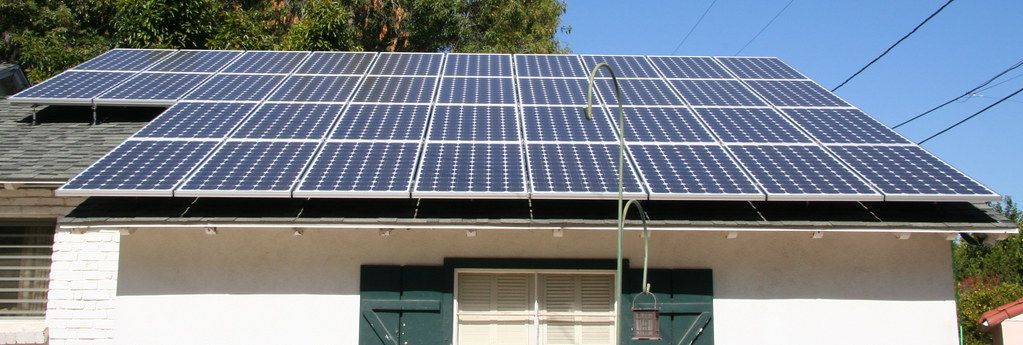
8. **Choosing the Right Solar Company for Home Installation**Transitioning to solar power for your home is a significant step, one that profoundly impacts your energy independence and environmental footprint. The success of this endeavor largely hinges on selecting a reputable and proficient solar installer. This crucial decision affects not only the long-term efficiency and reliability of your system but also your overall satisfaction, making thorough research an indispensable first step.
The foundational requirement for any solar installer is proper licensing, which acts as a testament to their expertise and adherence to industry best practices. In California, for instance, specialized licenses for PV electrical contractors require extensive education, years of field experience, and rigorous examinations. Verifying these credentials ensures that your installation is handled by qualified professionals, guaranteeing proper and safe execution.
Beyond formal qualifications, insights from previous customers offer invaluable perspective. Platforms like TrustPilot, the Better Business Bureau (BBB), and Google Reviews are essential resources for evaluating a provider’s reliability and customer service track record. Consistently positive detailed reviews can affirm a company’s quality, while numerous poor or sparse reviews should prompt caution, highlighting the importance of client feedback in your selection process.
Once potential installers are identified, obtaining multiple detailed quotes—ideally three to five—is a strategic move. These quotes should transparently itemize all costs and clearly specify the included solar components. Comparing these proposals is not solely about price; it’s about discerning the best value, allowing you to reconcile your budget with a system that meets your quality expectations and specific energy requirements.
Finally, a robust warranty package is non-negotiable for a premium solar installation. This should encompass both a workmanship guarantee, protecting against installation defects, and a performance guarantee, ensuring a minimum energy output over time. Comprehensive warranties signal an installer’s confidence in their work, offering peace of mind and safeguarding your investment for years to come.
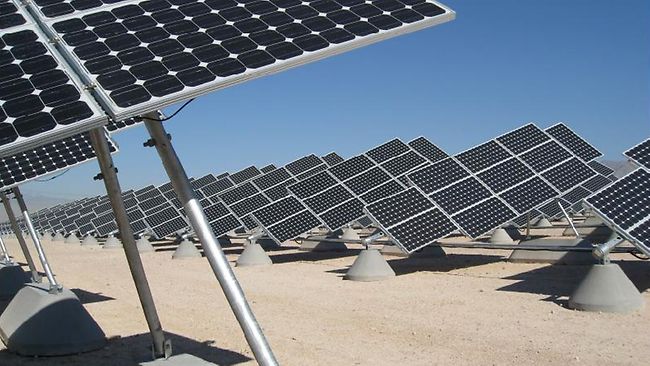
9. **Navigating Financial Incentives and Purchase Options for Home Solar**The economic landscape surrounding solar adoption is increasingly favorable, thanks to a robust framework of financial incentives designed to make clean energy more accessible. Understanding these economic drivers is crucial for homeowners looking to reduce their initial investment and accelerate their return on a solar system. These incentives, stemming from federal, state, and local initiatives, are pivotal in fostering widespread renewable energy integration.
A cornerstone of this financial support is the federal tax credit, offering a direct reduction on the total cost of your solar system. The context highlights a significant 26% federal tax credit available for solar installations until 2032, providing a substantial saving for homeowners. This long-standing incentive underscores a national commitment to promoting solar power, making it an opportune time for individuals to invest in their home’s energy future.
Complementing federal programs are diverse state and local incentives. Many states offer their own tax credits or rebates, further enhancing solar’s financial appeal. Additionally, local power companies frequently provide utility rebates, acting as an extra push for homeowners to install solar panels. It’s essential to check with your local electric company to determine specific eligibility requirements and rebate values, as these can significantly impact your overall savings and investment viability.
When considering the initial capital outlay, homeowners have several flexible purchase options. Solar panels can be purchased outright for full ownership, or financed through various loan or lease agreements. Each method has distinct financial implications, from immediate equity with cash purchases to lower upfront costs with leases. Thoroughly reviewing financing specifics such as fees, payment schedules, annual percentage rates (APR), and ownership details is vital for aligning your solar investment with your personal financial strategy.
The real-world affordability is evident in places like Garden Grove, where average homeowner spending on solar systems after federal tax refunds hovers around $7,006. With residential solar systems averaging 2.9 kilowatts and costing roughly $3,470 per kilowatt, these figures demonstrate the tangible economic benefits. A personalized estimate from a local provider will further detail labor, permit fees, and system capacity, offering a clear financial roadmap for your unique installation.
Read more about: EV Realities: 14 ‘Desired’ Features Drivers Thought They Wanted, Now They Regret
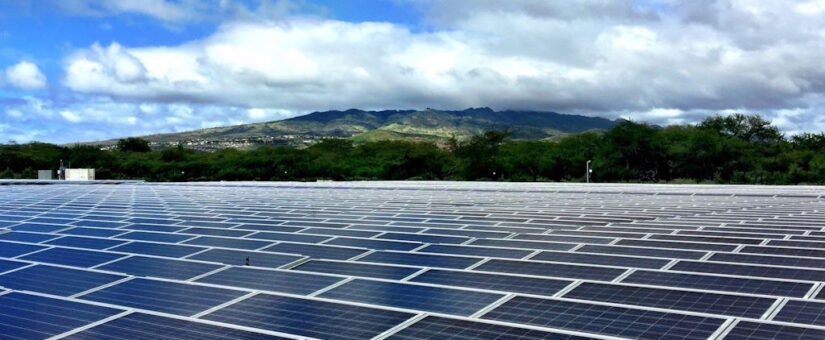
10. **Understanding Solar Generator Expandability**While many solar generators offer robust capabilities straight out of the box, the prospect of future expansion is a key consideration for long-term power needs. The ability to upgrade your system to accommodate greater demands or extended runtimes is appealing. However, this expandability is not universal and primarily depends on a critical internal component: the charge controller.
The charge controller serves as the intelligent intermediary, diligently regulating the flow of energy from your solar panels to the generator’s battery. Its core mission is to protect the battery’s longevity by preventing overcharging and managing voltage. This vital component ensures a stable and safe charging process, preserving the health of your power reservoir.
Crucially, every charge controller has a maximum processing capacity for watts and voltage. This built-in limit dictates how much additional solar input your system can realistically handle. Attempting to connect more panels than the controller is rated for will not increase power output but instead risks inefficiency, potential damage to the system, or outright failure.
Moreover, the battery’s inherent storage capacity is equally paramount. Even if a charge controller can theoretically accept more input, the batteries must possess the capacity to store that increased energy. If the existing battery cannot effectively accommodate additional electricity from new panels, then attempts at power expansion become impractical, underscoring the interdependent relationship between these components.
For those planning future upgrades, careful research into a generator’s expandability features is essential. Some manufacturers design their units with modularity in mind, allowing for the seamless addition of external battery packs or the integration of higher-wattage solar panels. This foresight ensures your initial investment can evolve with your energy needs, preventing premature obsolescence as power demands grow.
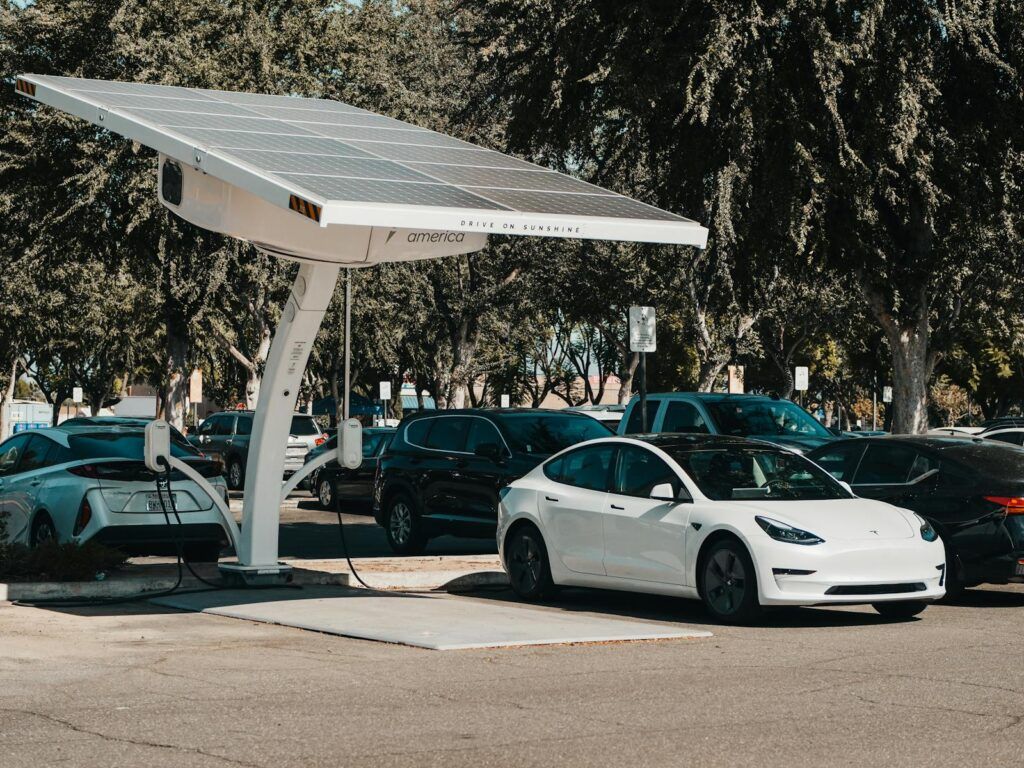
11. **Delving into Types of Solar Generators: Backup vs. Portable**Solar generators serve a diverse range of power needs, leading to two primary classifications: solar backup generators and portable solar generators. Understanding the distinct characteristics of each is paramount for choosing the optimal solution, whether your priority is emergency preparedness at home or flexible power for on-the-go activities. These types differ significantly in their wattage capacity, energy storage, and overall cost.
Solar backup generators are specifically designed to activate when the main electrical grid fails, providing a critical interim power source. These units typically feature higher wattage outputs and substantial energy storage, achieved by housing multiple batteries. They are well-suited for powering essential household items like lights, televisions, computers, and small to mid-sized appliances, ensuring continuity during unexpected outages.
A key advantage of backup generators is their capacity for rapid recharging; many can reach full charge in under 48 hours, depending on panel size and sunlight. Their design allows for both indoor and outdoor placement, offering installation flexibility. However, their robust construction often results in considerable weight, making them less mobile, and larger models capable of powering an entire residence can represent a significant financial investment.
In contrast, portable solar generators emphasize mobility and user convenience. Lightweight and compact, they are perfect companions for outdoor adventures such as camping, RVing, or boating, as well as providing flexible power for cabins or vehicles. Many come equipped with practical features like integrated handles, making transport effortless and ideal for remote or temporary power needs.
Despite their excellent portability and clean, silent operation, portable solar generators have certain limitations. They may lack the wattage capacity for larger household appliances like dishwashers or water heaters, or struggle to power multiple high-demand devices simultaneously. Furthermore, pairing them with low-wattage solar panels can result in extended recharge times. Yet, their affordability and minimal maintenance make them a compelling choice for flexible, clean energy on the move.
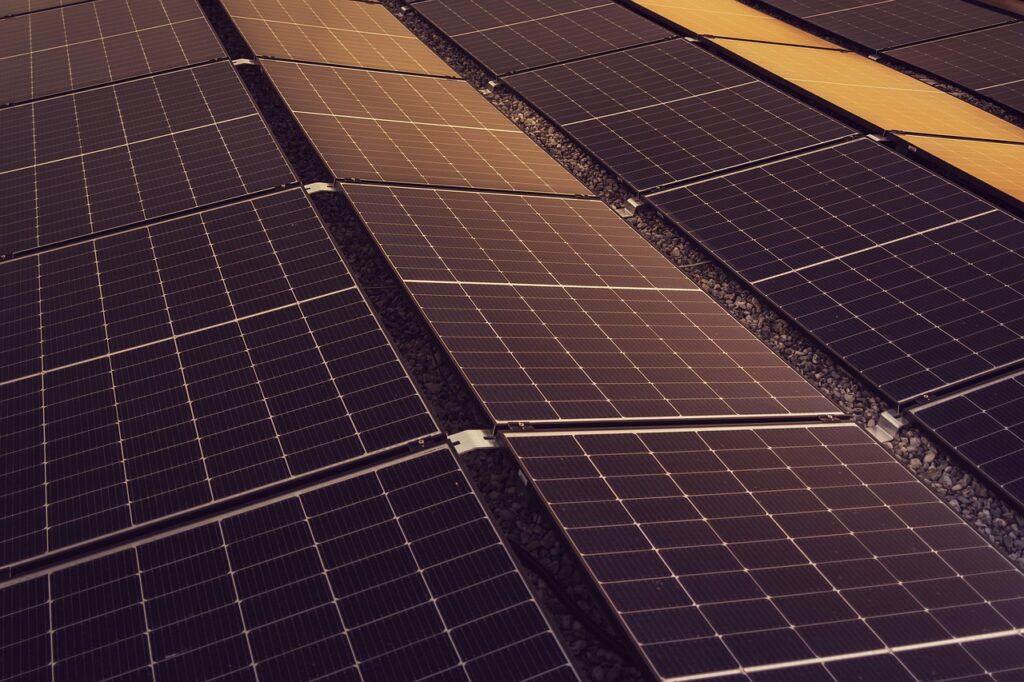
12. **Essential Tips for Maximizing Your Solar Generator’s Potential**Navigating the diverse market of solar generators to find the perfect fit can be a challenging task. However, by adhering to a few key principles, shoppers can confidently select a unit that not only meets their immediate requirements but also maximizes its long-term utility. The fundamental approach involves a clear understanding of your specific usage scenarios and aligning them with the generator’s inherent capabilities.
Your initial step should be to clearly define the primary purpose and intended location of use for your solar generator. Will it primarily serve as an emergency backup for your home during power outages, ensuring essential functions remain operational? Or is its role centered on providing portable power for outdoor activities like camping, tailgating, or off-grid excursions? Different generators are optimized for varying demands, available in a range of sizes, wattages, and storage capacities.
Once the main objective is established, budget considerations become paramount. The cost of a solar generator typically scales with its size and capacity. It’s important to remember that many entry-level or more affordably priced units often do not include solar panels, meaning this additional purchase must be factored into your total expense. Comprehensive financial planning, including the cost of panels, is crucial for an accurate budget assessment.
Beyond cost, focus intently on the specific features that directly support your intended use. This includes the number and types of plug-in ports, which dictate device compatibility and simultaneous powering. Charging speed is another vital factor, directly influencing how quickly your unit can be replenished. Other practical features like portability, the presence of a comfortable carrying handle, expandability options for future growth, and the overall weight significantly enhance user experience and long-term satisfaction.
Ultimately, the most effective strategy is to ensure a precise match between your chosen solar generator and your intended purpose. By thoroughly evaluating your usage scenarios, budget constraints, and desired features, you can confidently invest in a solar generator that delivers optimal functionality, convenience, and peace of mind, truly enhancing your energy independence in a sustainable manner.
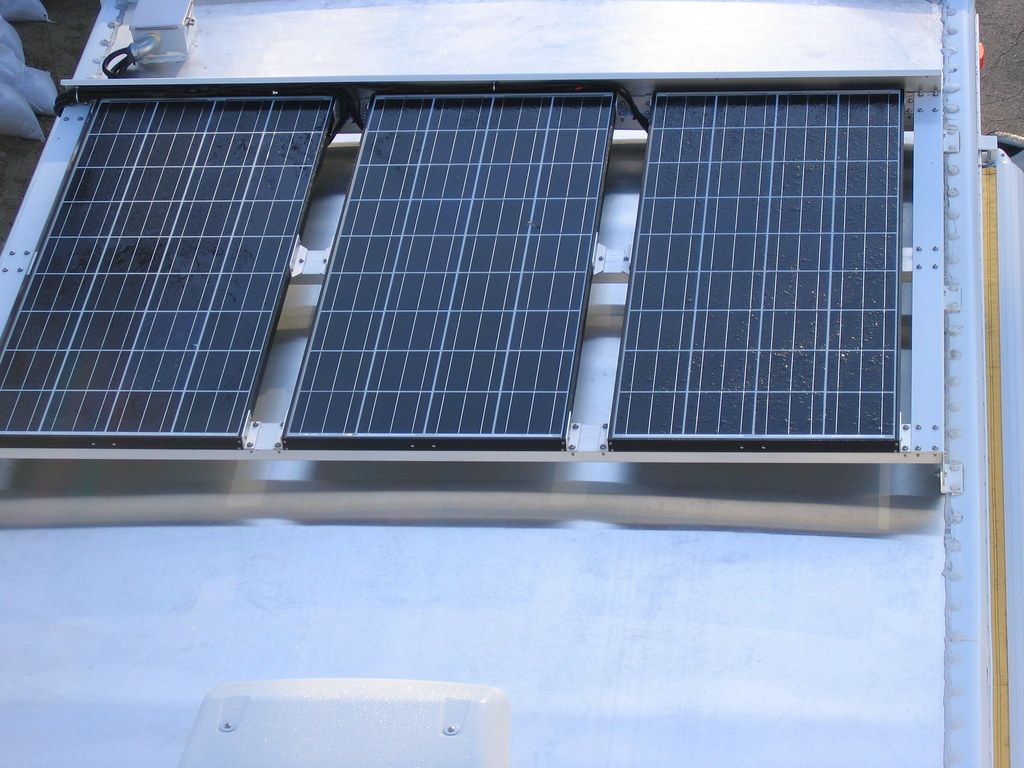
13. **The Unmistakable Advantages of Owning a Solar Generator**The surging popularity of solar generators is rooted in their compelling advantages, representing a paradigm shift towards greater energy independence and sustainability. Adopting a solar generator signifies a departure from fossil fuels, offering a cleaner, more versatile, and remarkably convenient power solution for a broad spectrum of needs. These benefits resonate across environmental, practical, and personal peace-of-mind dimensions.
A primary benefit is liberation from fossil fuel dependency. Whether for emergency backup, travel, or camping, a solar generator eliminates the need for gasoline or propane. This not only promotes environmental stewardship but also removes the logistical challenges of fuel storage and transport, simplifying your power management. The freedom from fuel purchases also contributes to long-term cost savings.
Solar generators excel in portability and compactness, a stark contrast to the bulky nature of traditional fuel-powered units. Their lightweight design makes them easy to store and transport, often featuring integrated handles for effortless mobility. This ease of movement greatly enhances their utility, whether deployed for outdoor events, remote campsites, or simply relocated within a home during a power outage.
Furthermore, solar generators operate with remarkable quietness, enhanced safety, and minimal maintenance. Lacking the noisy motors and moving parts of combustion generators, they preserve tranquility. Critically, they emit no harmful carbon dioxide or pollutants, making them safe for indoor use—a significant safety advantage. Their simpler design also translates into less frequent and less demanding upkeep.
Fundamentally, solar generators embody a green energy solution. They harness the sun’s inexhaustible energy, converting and storing it in internal batteries for on-demand use. This clean, renewable source actively reduces your carbon footprint. While capacity and charging speed vary with size and panel input, choosing appropriately ensures a reliable, sustainable power supply for diverse electrical devices and appliances, cementing solar energy’s role in a sustainable future.
14. **A Frank Look at Solar Generator Limitations and Downsides**While solar generators offer undeniable benefits, a comprehensive understanding necessitates an honest appraisal of their current limitations. Like any evolving technology, they come with certain drawbacks that users should consider to form realistic expectations and make informed purchasing decisions. These typically revolve around initial investment, recharging dynamics, and their capacity for powering high-demand electrical loads.
The upfront cost can be a primary hurdle. Although solar generators are becoming “more affordable and useful each year,” the initial purchase price might exceed that of some conventionally fueled generators with comparable wattage. While this cost is offset by the elimination of ongoing fuel expenses and long-term utility bill savings, the initial capital outlay remains a significant factor requiring careful financial consideration.
Another notable limitation is the slower recharging times associated with solar input. While many units support faster AC wall charging, relying solely on solar panels means recharge duration is dictated by sunlight availability and panel efficiency. Fully replenishing a depleted battery via solar can take considerably longer than refueling a gas generator, especially under suboptimal weather conditions or with lower wattage panels. This necessitates careful planning or reliance on supplementary charging methods.
Perhaps the most critical drawback for some applications is the limited power output for very high-demand appliances. While effective for electronics, lights, and small to mid-sized appliances, solar generators generally “don’t harness enough power to run all of the large appliances in a residence at one time or for an extended period.” Powering multiple energy-intensive devices like central air conditioning or electric water heaters concurrently can overwhelm most portable units, indicating that a full-scale whole-house solution typically requires a comprehensive solar power system.
Despite these limitations, it’s crucial to acknowledge the rapid pace of technological innovation. The industry is continually advancing, with battery capacities expanding, charging efficiencies improving, and costs steadily decreasing. These ongoing developments are progressively addressing current drawbacks, broadening the practical applications of solar generators, and reinforcing their position as an increasingly viable and sustainable power solution.
15. **Spotlight on Leading Portable Solar Generators: Reviews and Features**In the burgeoning market of portable solar generators, several models distinguish themselves through superior performance, reliability, and innovative design. Our rigorous testing of popular units, scrutinizing everything from power output to portability, has highlighted the top contenders, showcasing how these devices are revolutionizing personal energy access. Each generator offers a distinct combination of features, catering to diverse needs and budgets.
**Generac GB2000 Portable Power Station: The Best Overall**
The Generac GB2000 Portable Power Station truly exemplifies the advancements in solar generator technology. Recognized as the best overall option, it delivers an impressive 3,200 peak watts and 1,600 running watts through a comprehensive array of outlets including three AC ports, four USB ports, a 12-volt DC port, and a wireless charging pad. This robust output makes it a highly reliable choice for emergency backup, off-grid living, or recreational use, powering tools, appliances, and digital devices with remarkable ease. Though it’s 43 pounds, its sturdy handle assists in portability, making its high performance and value easily accessible.
**Aimtom PowerPal X 155Wh Portable Power Station: Best Bang for the Buck**
For those prioritizing lightweight, compact design and affordability for small electronics, the Aimtom PowerPal X 155Wh Portable Power Station is an outstanding value. This compact unit, providing 150 peak watts and 100 running watts, is ideal for charging devices and powering modest appliances like mini-fridges. It offers flexible charging via wall, car, or solar, and includes essential ports (AC, USB-A, DC). Its tested efficiency in charging multiple devices on road trips confirms its utility as a reliable, travel-friendly power source for personal electronics.
**EcoFlow River 2 Pro Portable Power Station: Best Compact**
The EcoFlow River 2 Pro Portable Power Station excels for on-the-go needs and emergency backup, distinguished as the “Best Compact” option. Approximately the size of a personal cooler, this TÜV Rheinland-certified unit offers up to 1,600 watts in X-Boost mode and 800 running watts. Its LiFePO4 battery ensures over 3,000 charge cycles for long-term reliability. With 11 output ports and versatile charging (wall, solar, DC vehicle, USB-C), it’s a highly adaptable and portable solution, perfect for family road trips or as a robust emergency power source.
**Bluetti Elite 200 V2 Portable Power Station: Best Midrange**
The Bluetti Elite 200 V2 Portable Power Station stands out as the “Best Midrange” choice for demanding applications like home backup or extensive off-grid living. Featuring an upgraded high-capacity LiFePO4 battery, it delivers 2,600 running watts and 3,900 peak watts. Tests confirmed its ability to power a full-size refrigerator for over 30 hours and a portable AC for about 6 hours. Its exceptional battery longevity (over 6,000 cycles) and intuitive app control enhance its value, making it a powerful, durable, and user-friendly option for significant power needs despite its 53-pound weight.
**EcoFlow Delta 2 Max Solar Generator: Best for Outdoors**
For outdoor enthusiasts and comprehensive emergency preparedness, the EcoFlow Delta 2 Max Solar Generator is the “Best for Outdoors.” Rugged yet relatively lightweight, it runs on a LiFePO4 battery offering an impressive 3,000-cycle lifespan. It provides 2,400 running watts and 4,800 peak watts through 15 outlets, with flexible charging via solar, AC, or car. Its ability to power a full-size fridge for extended periods and charge multiple devices simultaneously makes it an unparalleled choice. The option to expand with two extra batteries up to 6,144 watt-hours further solidifies its position for serious outdoor and backup power requirements.
**The Future is Bright: A Concluding Thought**
The journey of solar energy, from cosmic phenomenon to an affordable, ubiquitous power source, is a testament to human innovation and our collective drive for a sustainable future. What was once a distant dream is now a tangible reality, with every advancement, every new product, every cost reduction pushing us closer to a world powered by the sun. As we’ve explored the foundational science, the practical applications of portable generators, and the strategic decisions involved in adopting solar, it’s clear that the era of clean, accessible energy isn’t just arriving—it’s already here, transforming lives and reshaping our planet for the better. The ongoing evolution of this technology promises even greater efficiencies and broader applications, ensuring that solar energy remains at the forefront of our energy landscape for generations to come.

